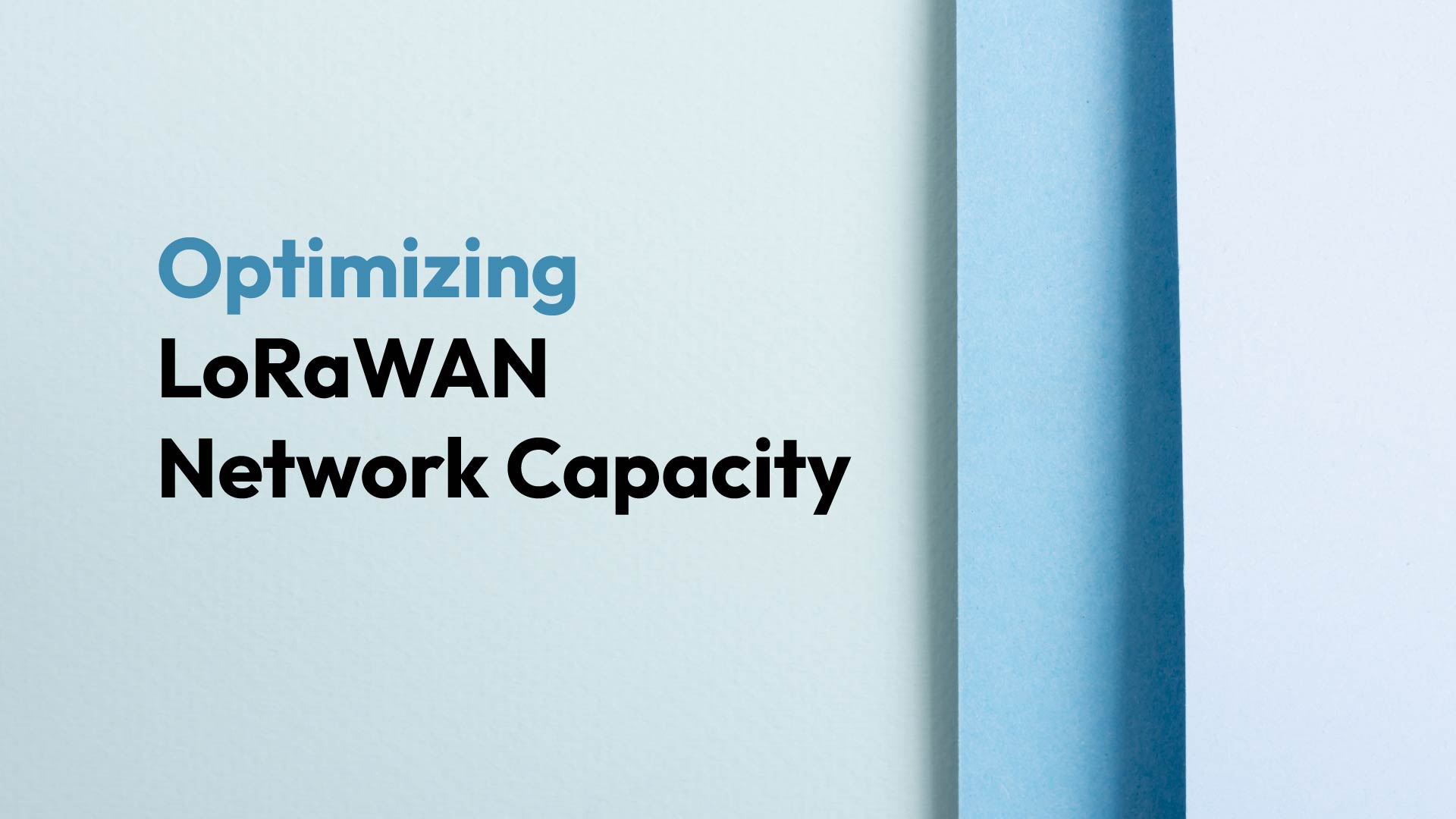To increase the capacity of a LoRaWAN network, several strategies can be employed:
1) Optimize Data Rates and Spreading Factors (SF)
LoraWAN uses different spreading factors (SF7 to SF12), with higher SF values increasing transmission range but lowering data rates. By optimizing the adaptive data rate (ADR), the network can assign lower SF values to devices closer to gateways, reducing transmission time and increasing overall network capacity. Devices further away can use higher SF values, benefiting from the longer range.
2) Increase Gateway Density
Deploying more gateways in strategic locations can significantly increase the network capacity. More gateways mean more frequency channels and higher chances of devices communicating without collisions. This is especially important in areas with a high density of devices. The addition of gateways improves the geographic coverage and helps balance traffic loads.
3) Use Frequency Planning
Efficient allocation of frequency channels is essential to avoid interference and maximize the use of available bandwidth. By implementing a robust frequency management strategy, you can reduce collisions and improve data throughput. Using multiple frequencies and balancing the network load across different channels improves performance.
A typical LoRaWAN gateway has 8 uplink channels and 1 downlink. One 16-channel gateway or two 8-channel gateways can double the capacity by distributing nodes or LoRaWAN trackers into different sub-bands. US915 supports 8 sub-bands, so technically, a user can deploy 8 LoRaWAN gateways in the same location to increase the network capacity to 8 times.
4) Implement Network Segmentation
You can split large LoRaWAN networks into smaller, more manageable segments by using lower TX 전력 on both end nodes and LoRaWAN 게이트웨이 so that they can only communicate with the nearest one. This method reduces congestion within each segment, ensuring smoother communication for all devices.
5) Utilize Duty Cycle Management
The duty cycle, which restricts how frequently devices can transmit, impacts network capacity. By optimizing the duty cycle and reducing the number of transmissions from each device, you can free up airtime for more devices to communicate. For example, devices can send less frequent status updates or transmit only when certain thresholds are reached.
6) Efficient Device Scheduling
LoRaWAN networks can benefit from time-synchronized device transmissions, where devices are scheduled to transmit at specific intervals. This reduces collision risk and ensures more efficient use of available channels. Lansitec LoRaWAN Bluetooth gateways support this feature to maximize network capacity usage and report as many beacons as possible.
These techniques, when applied together, can effectively increase the overall network capacity of a LoRaWAN deployment.










